Do you know where do you shoot a turkey to ensure a successful and clean hunt?
As an avid turkey hunter, I’ve learned that shot placement can make or break your hunt. I’ve seen too many hunters miss their mark, resulting in lost birds and frustrated outings.
In this post, I’ll break down where to shoot a turkey to maximize your chances of a successful harvest while ensuring an ethical kill. Let’s dive into the anatomy of turkeys and the best practices for turkey shot placement!
Understanding the Turkey Anatomy
To effectively hunt turkeys, it’s crucial to understand their anatomy and learn about the kill zone. The kill zone is the area where a well-placed shot will ensure a quick, humane kill. It can lead to significant blood loss and often results in an immediate drop, while shots outside this area will allow the turkey to flee, making recovery difficult.
The primary vital areas include the head, neck, and heart.
Head and neck shots are particularly effective because they can instantly drop a turkey, reducing the chance of escape. Body shots can also be effective, especially when the turkey is far away, but they require a bit more precision.
By hitting the right spots, you ensure a swift harvest and reduce the need for extensive tracking.
For example, shots aimed at the heart or lungs can be effective but may allow the turkey to run a short distance. On the other hand, a well-placed shot to the head or neck can mean a quick end to the hunt.
If you are familiar with the turkey’s anatomy, you can assess the situation quickly and adjust your aim based on its position.
Where Do You Shoot a Turkey?
When it comes to shot placement, knowing where to shoot is essential. Let’s break down the ideal shot zones and how to approach different positions:
Ideal Shot Zones
- Head and Neck Shots: These are highly effective and can drop a turkey instantly. When you aim for the head or neck, you’re targeting a smaller area, which requires precision but offers the highest chance of a quick kill. This approach is especially useful when the turkey is strutting or displaying, as the head is elevated and clearly visible.
- Body Shots: While head and neck shots are preferred, there are times when a body shot is appropriate, particularly when the turkey is at a distance or in a less-than-ideal position. Aiming for the body can still lead to a successful harvest but requires a bit more care to ensure you hit the vital organs.
When you find that turkey is positioned differently, you may need to aim for different points specifically.
- When Turkey Faces You: Aim for the head or neck, just around the wattle. This area is critical for a clean kill.
- When Turkey Turns Its Back to You: Target the base of the neck or the back, ensuring you’re aligned for an effective shot.
- When Looking at Turkey Broadside: Aim for the “shiny spot, such as the target area is the front quarter of the shiny spot on the wing. Or follow the direction of the turkey’s legs and find that area upwardly. This position allows for a good chance of hitting vital organs.
- When Away From You: Aim at the base of the neck or the back to ensure a clean shot.
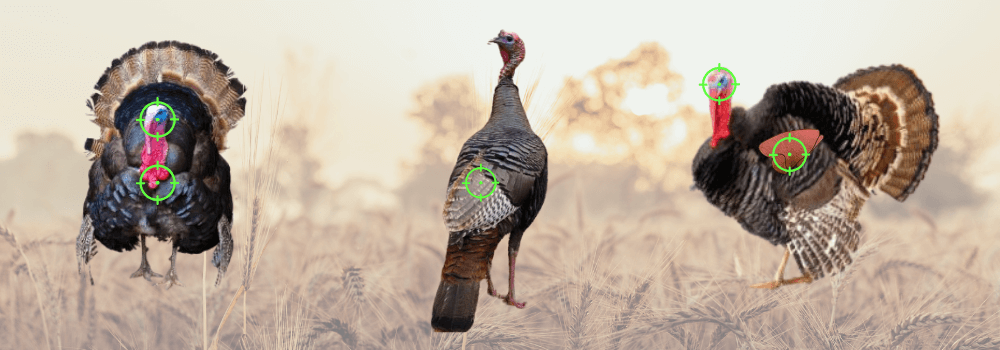
Effective Kill Shots With Different Weapons
The method of hunting significantly influences your shot placement. Understanding the differences between various hunting methods is also important because not every gun will shoot the same.
- Shotgun: When using a shotgun, the shot spreads out, so aim for the head or upper body. This method can cover a wider area, but precision is still key.
- Bow Hunting: For bow hunters, it’s essential to aim for the shiny spot on the wing. This spot allows for maximum damage and ensures the turkey is less likely to escape.
- Rifle: If you’re using a rifle, aim for the heart and lung area. This shot is effective but requires proper distance and knowledge of your rifle’s capabilities.
Turkey Shot Placement Techniques
Now that you understand the kill zones, let’s continue to learn some specific shot placement techniques for different types of hunters.
For Shotgun Hunters
- Recommended Shot Sizes: When hunting turkeys with a shotgun, I recommend using No. 5 or No. 6 shot. These sizes provide a good balance between pellet count and effective knockdown power.
- Patterning Your Shotgun: One of the most important steps in preparing for a turkey hunt is to pattern your shotgun. Spend time at the range to understand how your shotgun performs with various loads. This knowledge will help you determine where to aim based on your gun’s specific pattern.
For Bow Hunters
- Best Practices for Aiming: Bow hunters should aim for the shiny spot on the turkey’s wing. This area is critical for causing immediate damage and ensuring the arrow stays lodged inside. In this way, the turkey will lose their ability to fly away.
- Discussion on Broadheads: The choice of broadhead is vital. Opt for a fixed blade or a mechanical broadhead with a wide cutting diameter. This ensures maximum damage and increases the likelihood of a quick kill.
Expert Tips
Always be mindful of your distance; practice shooting from various angles to simulate real hunting scenarios.
When the turkey is at different angles, adjust your aim to ensure you’re hitting the vitals.
Here are some insights I’ve gathered from others of our hunters in the field:
“When aiming at a turkey, keep the bird’s head above the bead. A common practice is to aim for the turkey’s wattle.”
“It’s a good position since the neck doesn’t move as much as the head of the turkey, but I like aiming a couple of inches above this to catch the neck and head with my pellet cloud.”
“Pattern your gun. With my gun, that shot would pulverize the breasts. Mine needs to be aimed a little higher. Distance also matters.”
”I aim at the head and it’s literally never failed me. I don’t want my patter in the meat so aiming that low can leave you cleaning shot out of the breast. ’’
”I shoot about an inch below where the jawline would be.’’
These tips from experienced hunters can help you refine your technique and improve your chances of success in the field.
Remember, practice is key—spend time honing your skills, and don’t hesitate to adjust your approach based on your experiences.
Common Mistakes
Even experienced hunters can make mistakes. Here are some common errors I’ve seen and tips on how to avoid them:
- Aiming Too Low: Many novice hunters mistakenly aim for the body instead of the vital areas. This often leads to missed shots or non-lethal hits. Always focus on the head and neck or the kill zone when aiming.
- Misjudging Distance: Failing to account for distance can result in inaccurate shots. It’s crucial to practice at various ranges and familiarize yourself with your equipment’s effective range.
- Rushing the Shot: Excitement can lead to hasty decisions. Take your time to line up your shot and ensure you’re targeting the right area. Patience is key to a successful hunt.
- Not Patterning Your Gun: Many hunters neglect to pattern their shotgun before the season. Understanding how your gun performs with different loads is essential for effective shot placement.
- Ignoring Wind and Movement: Wind can affect your shot, especially with a bow. Pay attention to environmental factors and adjust your aim accordingly.
To avoid these mistakes, I will suggest spending time at the range practicing your shot at various distances and angles. Check out the Kalkal archery target block for practice if you are a bow hunter.
Don’t be too excited when you see a turkey approaching you. Take a few deep breaths to calm your nerves before taking the shot.
Always double-check your equipment and ensure you’re familiar with its performance.
By being aware of these common mistakes and taking proactive steps to avoid them, I’m sure that you can enhance your hunting success with a clean shot.
Conclusion
In conclusion, mastering shot placement is key to successful turkey hunting. By understanding the ideal shot zones and practicing your techniques, you can ensure a more productive and ethical hunting practice.
I encourage you to share your own tips, experiences, or questions in the comments below. Let’s learn from each other and continue to improve our skills in the field. Happy hunting, and may your next turkey hunt be successful!
More to learn about turkey hunting:
- Ultimate Guide to Successful Evening Turkey Hunting
- 7 Best Turkey Hunting Boots To Gear Up Your Adventure
- Detailed Guide To Plan Your Wyoming Turkey Hunting
- Do You Wear Orange Or Camo When Turkey Hunting?



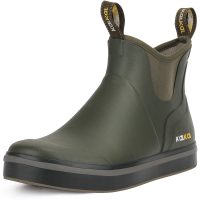

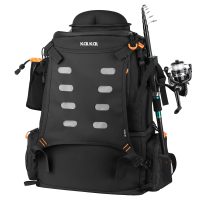
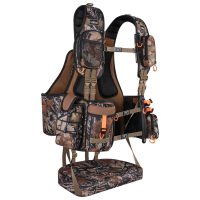
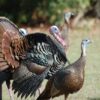
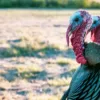
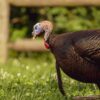

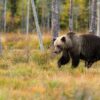
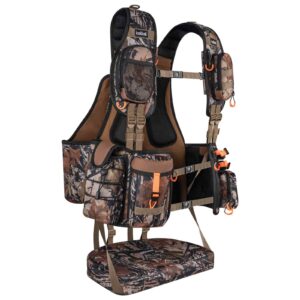
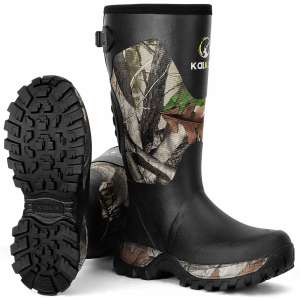
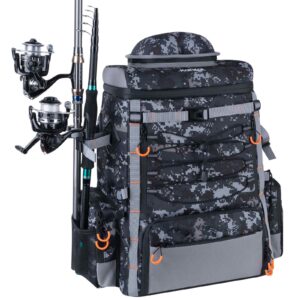
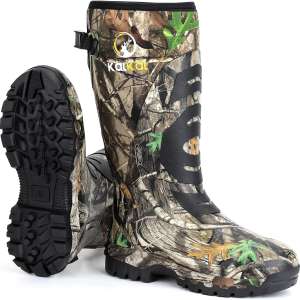
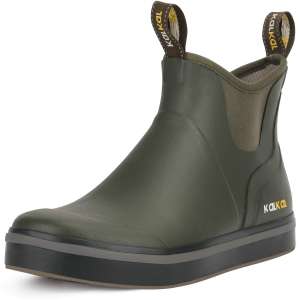



Leave a reply